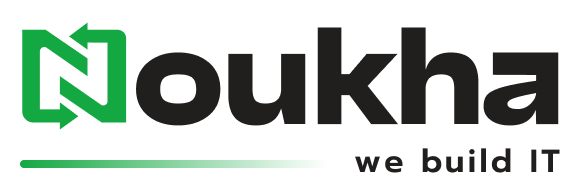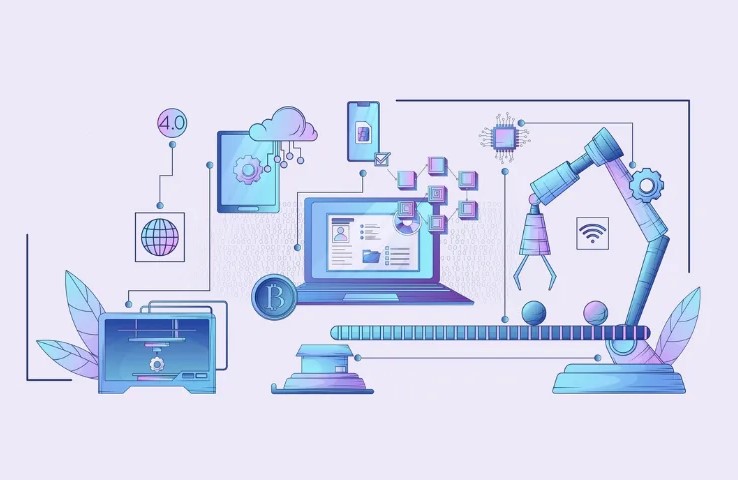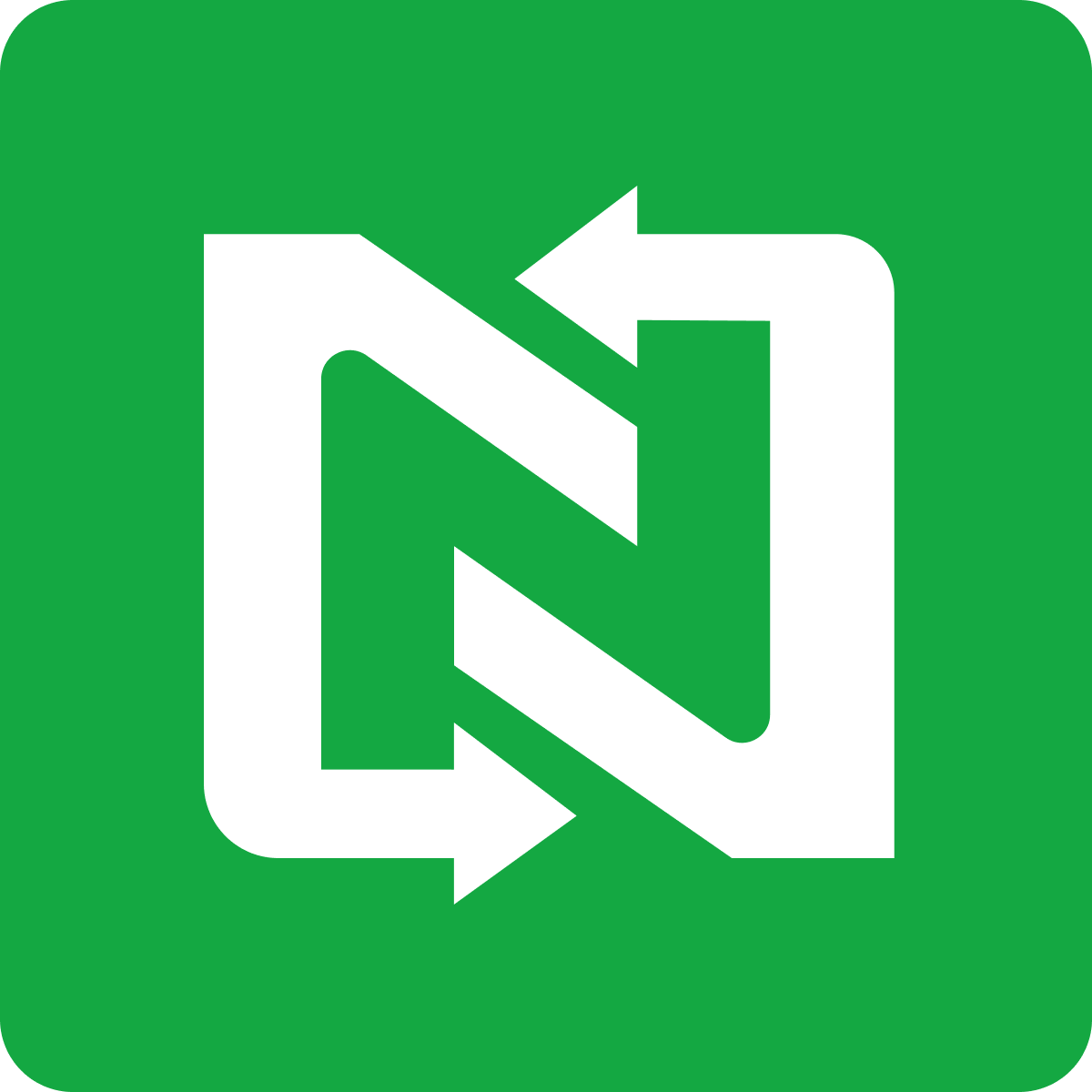Digital landscape of 2025 is experiencing unparalleled change in the web development. The USA businesses are more than ever turning to innovative technologies in order to provide high-performing, secure, and interesting websites. These trends, such as AI-driven personalization and serverless architecture, are reinventing the process of code development by developers and the experience end users face on the digital platform.
Noukha Technologies are leading these trends with the aim of providing the latest web solutions to improve the performance, security, and user experience. We will discuss the best web development trends in 2025 and their significance in the business.
The Importance of keeping up with Web Development Trends.
The web development has ceased to be inactive. The demands of the users are changing at an alarming rate and companies need to engage in the new technologies to stay competitive. Keeping up with the web development trends would guarantee: 
Enhanced Site Performance – Quick websites with enhanced Core Web Vitals.
Improved User Experience – Consumers will be drawn to stay longer with customized interaction.
Greater Conversion Rates – Streamlined user experiences generate sales and business.
Architecture Future-Proof – Future Ready Scalable and maintainable solutions to future needs.
Noukha Technologies incorporates these trends in a strategic manner to enable organizations in the USA to gain the highest ROI on their web platforms.
JAMstack Architecture: Secure, Scalable and Fast.
JAMstack (JavaScript, APIs, Markup) divides the frontend and backend to enhance the performance, security and developer experience.
Benefits:
- Light-speed loading times and search engine optimization pages.
- Minimal hosting via site generators (Next.js, Gatsby, Hugo)
- The improved security of pre-rendered content and fewer server dependencies.
- Applications Use Cases Marketing websites, blogs, headless eCommerce stores.
JAMstack remains superior because business needs scalable, reliable and fast web solutions.
Single-Page Application (SPAs) and Server-Side Rendering (SSR).
SvelteKit, Next.js 14, and Nuxt.js can enable developers to use the most advantageous aspects of SSR and SPA:
SSRI: Enhances first-page loading and SEO.
SPA: Supports mobile, application-like interfaces.
Hybrid Solutions:The dynamic data fetching and incremental static regeneration.
Integration of SSRI and SPA guarantees the exposure of the search engine as well as interactive user experiences.
Serverless Architecture: Endless Scaling.
Serverless computing (AWS Lambda, Azure functions) enables applications to dynamically scale to the extent they do not manage servers:
Advantages:
Pay-per-use model minimizes operational expenses (60 and 80 percent).
The issue of automatic scaling helps in high availability in times of traffic bursts.
Serves event-driven applications in responsive web experiences.
Noukha Technologies is also using the concept of serverless design to ensure efficiency and cost economy in apps on an enterprise level.
Low-Code/No-Code Platforms: Web Development Democratisation.
The development of low-code and no-code is changing the process of creating a web application:
Development is quickened with tools such as Webflow, Bubble, and Airtable.
Best suited to prototyping, in-house applications and typical business applications.
The platforms are applied in routine tasks, and complex features are addressed by developers.
Through the implementation of low-code solutions, business organizations will be able to save time-to-market and also enable non-technical teams to construct functional applications.
AI-Related Web Development: Intelligent User Experience.
Artificial Intelligence keeps disrupting web development trends:
AI Code Generation: Repetitive code and debugging is automated.
Machine Learning Personalization: Adapts the content and user experience depending on the user.
AI Chatbots and Virtual Assistants: Improve the customer service and interaction.
Predictive Analytics: Makes guesses on what a user will do to optimize in advance.
The inclusion of AI tools is required to make websites smart, responsive and user-friendly.
Headless CMS Progressive Web Applications (PWAs).
PWAs are a convergence of the web and mobile applications:
- Offline backup is done to ensure that there are no marriages.
- Push notifications trigger interaction and conversion.
- Single codebase lowers the cost of platform development.
Combined with headless CMS, the businesses will be in a position to provide content at uniformity and across the web, mobile, and IoT devices.
New Technologies: AR, VR, IoT, and WebAssembly.
AR/VR: Improves eCommerce and educational websites with immersion.
IoT Integration: Bridges the devices to websites to be real time data and interactive.
WebAssembly: Ready to run high-performance applications including video editors and games.
Enhances convenience and accessibility.
Noukha Technologies embraces the technologies to build dynamic, interactive web experiences through the above web development trends.
Optimization of Voice Search and Motion UI.
Voice search functionality is going mainstream, and the websites need to implement VUI-friendly design: 
Natural language optimized querying.
Uses long-tail keywords in its search engine optimization.
Motion UI and micro-interactions simplify the interfaces since they help users navigate the interface.
Cloud & Edge Computing
Edge computing in combination with cloud-native solutions can provide:
- Latency and performance are minimized.
- Scalable infrastructure is used in high traffic applications.
- Increased security in distributed architecture and CDN integration.
- These trends are critical when offering fast, dependable and secure websites.
Cybersecurity & DevSecOps
Security: Security has become an issue of the web development:
- Automated security testing in CI/CD pipelines.
- Adherence to the GDPR, CCPA, HIPAA rules.
- Incident response and real time threat detection.
In Noukha Technologies we have a cybersecurity-first policy, where the applications are protected against changing risks.
Business Strategies of 2025.
Go Future-Proof: JAMstack, SSR, and serverless.
Adopt AI and Automation: AI-based individualization and forecasting analytics.
Focus on Performance & UX: PWAs, motion UI, and responsive design.
Invest into Security & Compliance: Proactive cybersecurity and DevSecOps.
Capitalize on the new Technology: AR, VR, IoT, and WebAssembly to be innovative.
Having implemented these trends, the businesses in the USA will be able to design web pages not only fast and secure but also interesting, scalable and future oriented.
FAQs
Q1. What is JAMstack, and why is it relevant in 2025?
JAMstack is a new web architecture, which relies on Markup, JavaScript and APIs. It offers a speedy load time, enhanced security and scaled solutions hence suitable to content intensive and online stores websites.
Q2. Why does serverless architecture save money?
Serverless solutions are paid per use, so there is no need to have idle servers. This pay per execution model decreases the hosting and infrastructure expenses to a large extent.
Q3. Are PWAs superior to native mobile applications?
PWAs give the feel of an app, can be accessed offline, and can be cross-platform, which makes them cheaper to build and still performs well and is highly engaging.
Q4. What can AI do to enhance web development?
AI enhances coding by generating codes automatically, improves user customization via machine learning, and supports customers with chatbots.
Q5. What is the position of voice search in SEO?
Voice search optimization deals with the natural language queries, long tail keywords and structured data, enhancing the visibility on the digital assistants such as Alexa and Google Assistant.
Noukha Technologies assists companies in the USA to keep pace with the web development trends by providing business with innovative, secure and scalable web solutions. We are the best with JAMstack, serverless, and low-code, and make sure that your website is ready for the future and powered by performance.
Ready to transform your digital presence? Contact our team today. Let’s build something that actually works for your business.



